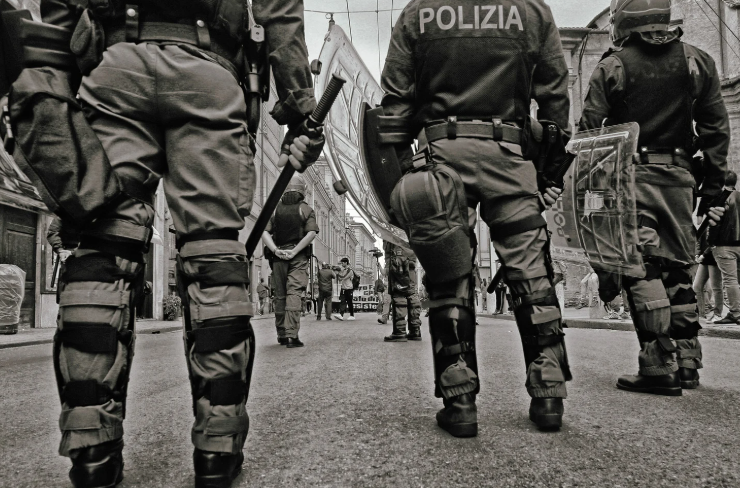Supreme Court to Decide the Fate of Ghost Gun Regulations

The Supreme Court will soon hear a case that could have significant implications for the regulation of unserialized firearms, commonly referred to as “ghost guns.” These firearms, which can be assembled from kits or parts sold online, are untraceable and have raised concerns among law enforcement and gun control advocates. The case centers on whether the Bureau of Alcohol, Tobacco, Firearms, and Explosives (ATF) overstepped its authority in creating rules to regulate these weapons.
What Are Ghost Guns?
Ghost guns are firearms without serial numbers, often assembled from parts or kits purchased online. These guns bypass traditional sales and background check processes, making them difficult to trace when used in crimes. As their use has grown, so too has the debate over how, or if, they should be regulated.
The ATF’s Rule and the Legal Challenge
In 2022, the ATF issued a rule requiring ghost gun kits to comply with the same regulations as fully assembled firearms. This includes serialization of key components, background checks for buyers, and licensing for sellers.
Opponents of the rule argue that the ATF exceeded its authority under the Gun Control Act of 1968. They contend that the Act’s definition of a firearm does not extend to partially assembled kits or unfinished parts and that the rule infringes on the rights of individuals to build firearms for personal use. Proponents of the rule argue that it is a necessary step to close a loophole exploited by criminals and to address public safety concerns.
Key Issues at Stake
The case raises several critical legal and policy questions:
- Scope of Federal Authority: Can the ATF expand its regulatory power without congressional action, or does this represent regulatory overreach?
- Definition of a Firearm: Does the Gun Control Act’s definition of a firearm include kits and components that can be readily assembled into functional weapons?
- Impact on Public Safety: How will the decision affect law enforcement’s ability to combat the proliferation of untraceable firearms?
The Role of the Supreme Court
The Supreme Court’s ruling will likely clarify the limits of federal regulatory authority over firearms and set a precedent for how other federal agencies interpret their legislative mandates. Additionally, the decision could have broad implications for gun control efforts nationwide, particularly as debates over firearm access and public safety continue to dominate the political landscape.
What This Means for Gun Owners and Manufacturers
If the Supreme Court upholds the ATF’s rule, manufacturers and sellers of ghost gun kits will need to adhere to stricter guidelines, including serialization and background checks. Gun owners who prefer to assemble their own firearms could also face additional regulatory hurdles. On the other hand, a decision striking down the rule could embolden challenges to other firearm regulations and limit the scope of federal agencies’ rule-making abilities.
This landmark case will be closely watched by policymakers, law enforcement, and advocacy groups on both sides of the gun control debate. The Supreme Court’s decision has the potential to reshape the regulatory framework for firearms in the United States and influence the balance between individual rights and public safety.

Related Items:





